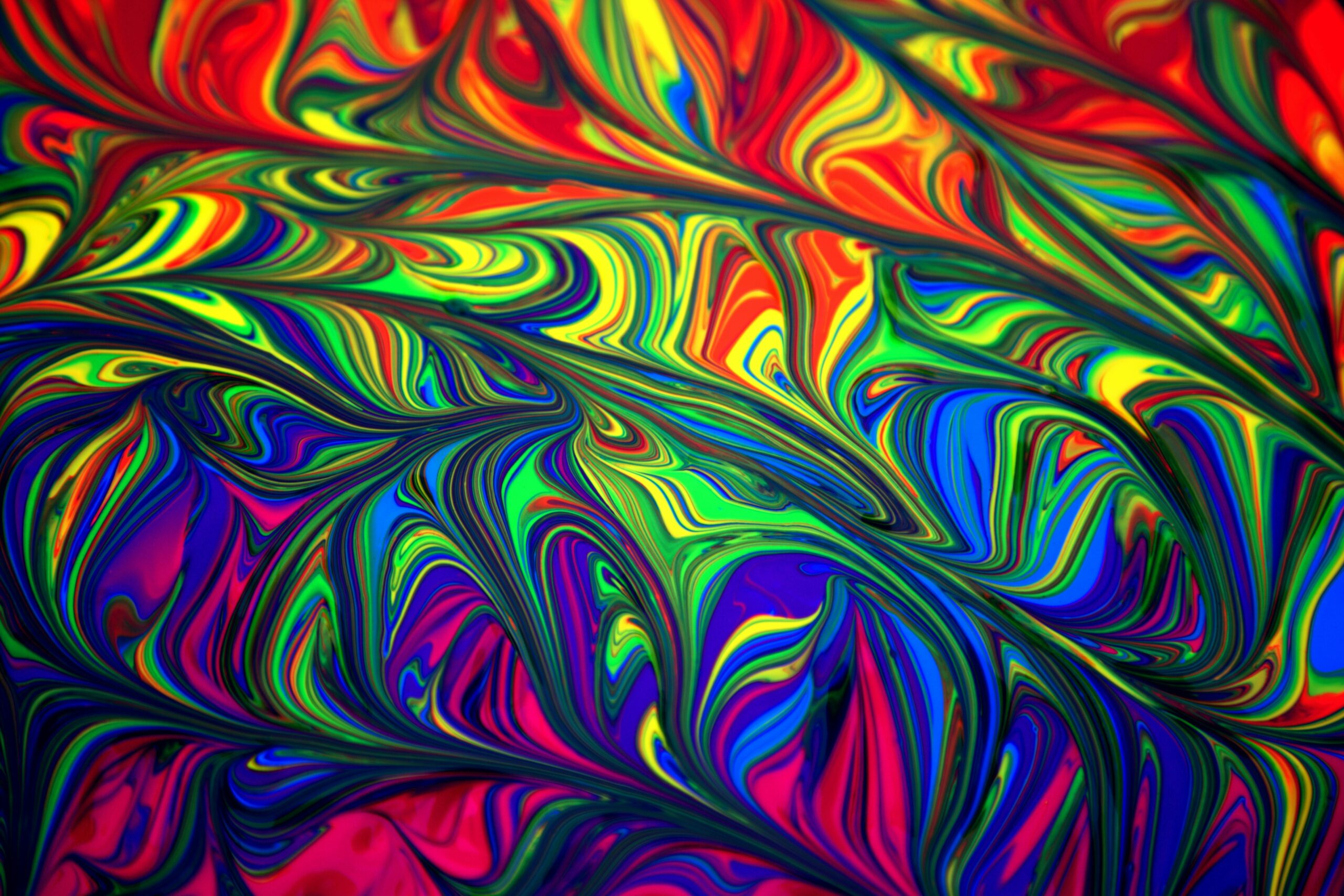Introduction
I still remember the first time I read about psychedelic-assisted therapy. It felt like a bridge between science and spirituality, a structured, compassionate way to heal through expanded consciousness. As more people seek alternatives to conventional medication, this approach is gaining both attention and legitimacy.
Psychedelic-assisted therapy combines guided use of substances like psilocybin, MDMA, or ketamine with psychotherapy, aiming to enhance emotional processing, neuroplasticity, and long-term healing in conditions like depression, PTSD, and anxiety.
What Is Psychedelic-Assisted Therapy?
Psychedelic-assisted therapy involves administering a psychedelic substance under professional supervision, alongside preparatory and integrative psychotherapy sessions. The psychedelic experience itself is not the cure , it is a catalyst for deep psychological insight. This structured framework helps transform intense experiences into lasting change (Nature Medicine).
How It Works
During therapy, substances such as psilocybin or MDMA are used in controlled doses within a supportive environment. Trained therapists guide participants through introspection, emotional release, and meaning-making. Psychedelics help quiet the brain’s default mode network , the system associated with self-critical rumination, allowing more flexible, compassionate thinking (APA Monitor).
Integration sessions follow, helping clients process insights, rewrite personal narratives, and apply lessons in daily life. This three-phase model, preparation, experience, integration, forms the foundation of modern psychedelic-assisted therapy.
Therapeutic Benefits
Clinical trials have shown that psychedelic-assisted therapy can significantly reduce symptoms of treatment-resistant depression, post-traumatic stress disorder (PTSD), and end-of-life anxiety. Participants often report increased empathy, self-acceptance, and emotional clarity. One 2021 study found psilocybin therapy to be four times more effective than antidepressants in some cases (Nature Medicine).
As Brené Brown says, “Owning our story and loving ourselves through that process is the bravest thing we’ll ever do.” Psychedelics may simply help people begin that process.
Risks, Ethics, and Limitations
Despite its promise, psychedelic-assisted therapy carries risks if performed without proper screening or guidance. Individuals with certain mental health conditions, like bipolar disorder or psychosis, may not be suitable candidates. Ethical practice demands careful preparation, informed consent, and cultural sensitivity, especially in acknowledging indigenous wisdom that inspired these therapies (Psychology Today).
The Integration Process
Integration transforms fleeting psychedelic experiences into enduring healing. Therapists help clients unpack emotions, reframe traumas, and practice self-compassion. Without integration, even the most profound insights can fade. With it, people can experience sustainable emotional growth and relational healing.
Looking Ahead
Psychedelic-assisted therapy stands at the frontier of mental health innovation. It merges the ancient with the modern, blending science, spirituality, and empathy into a single framework for healing. As regulations evolve and stigma fades, this approach may reshape how we understand therapy itself , not as treatment, but as transformation.
For related insights, visit our Healing Through Self Development and Self Awareness guides.
References: Nature Medicine, APA, Psychology Today.



